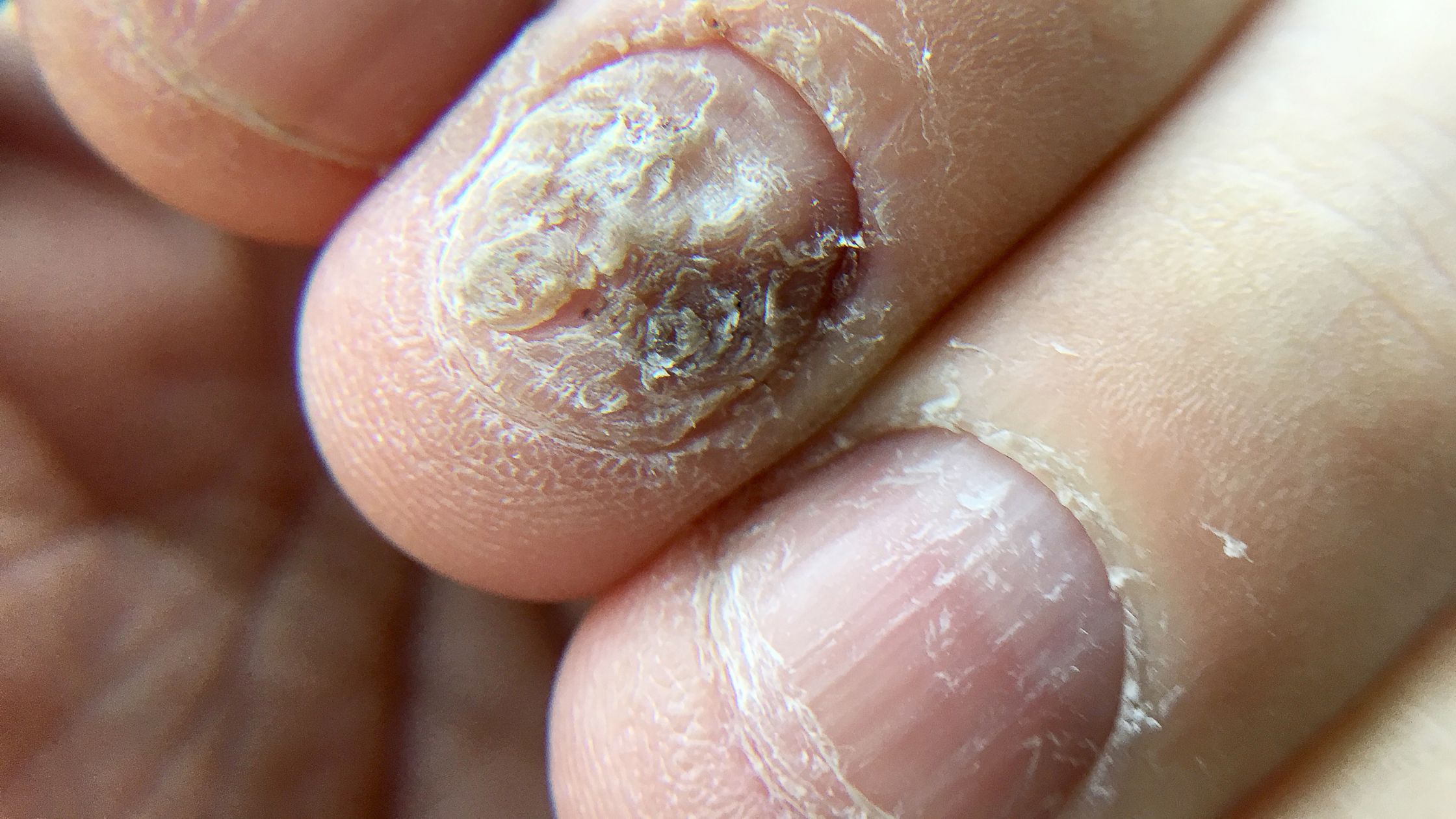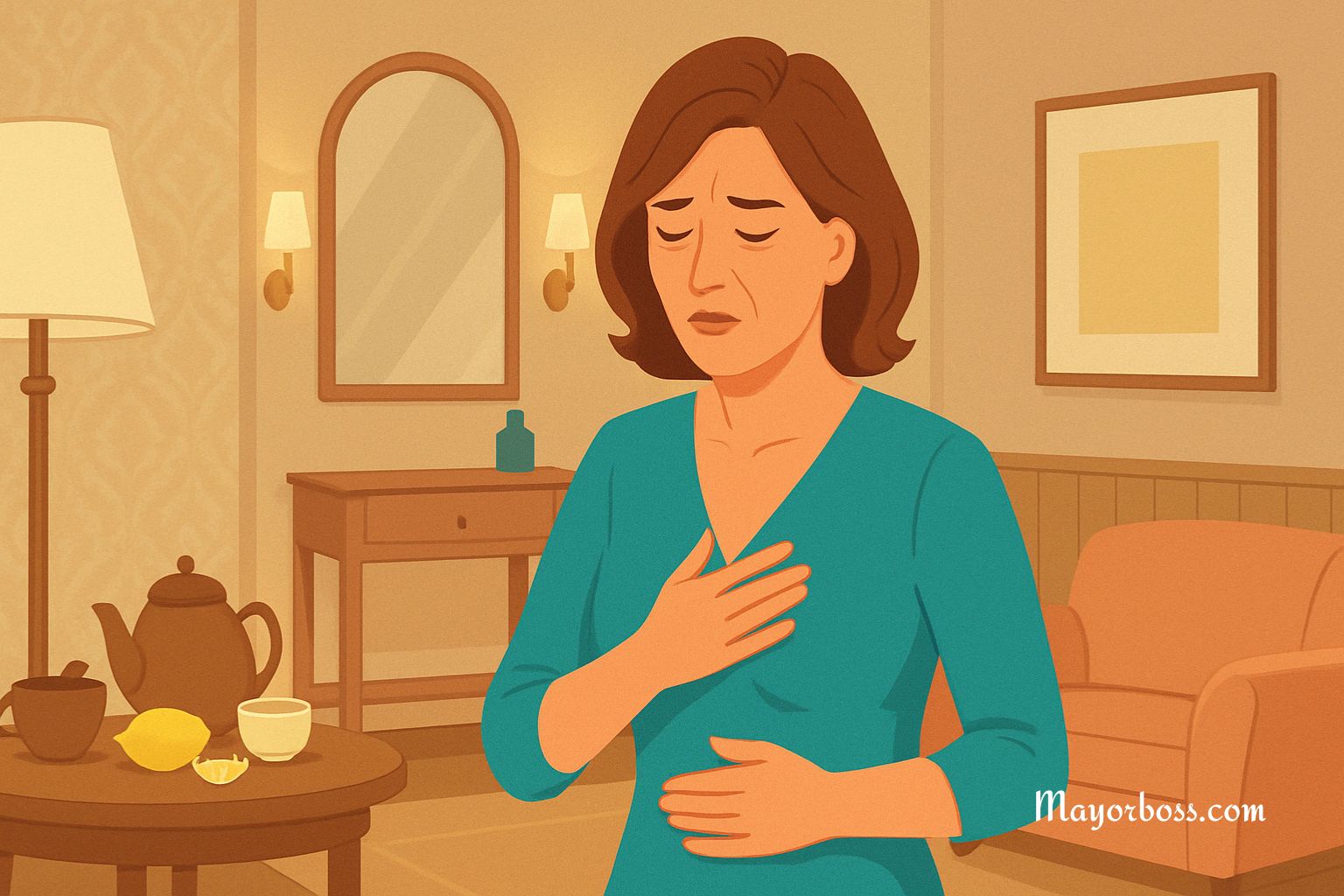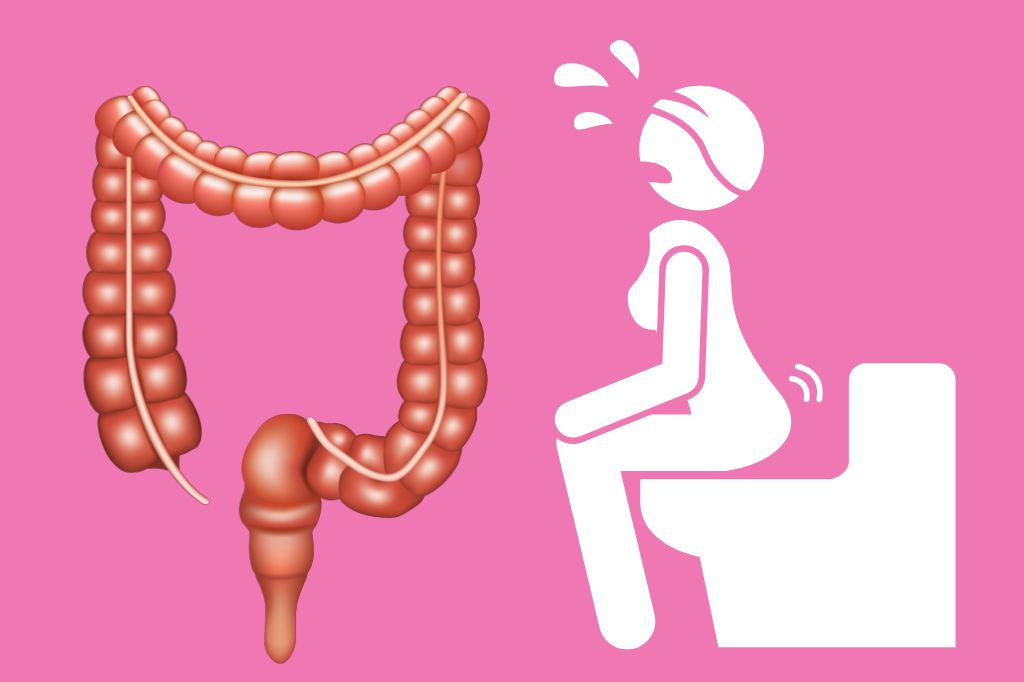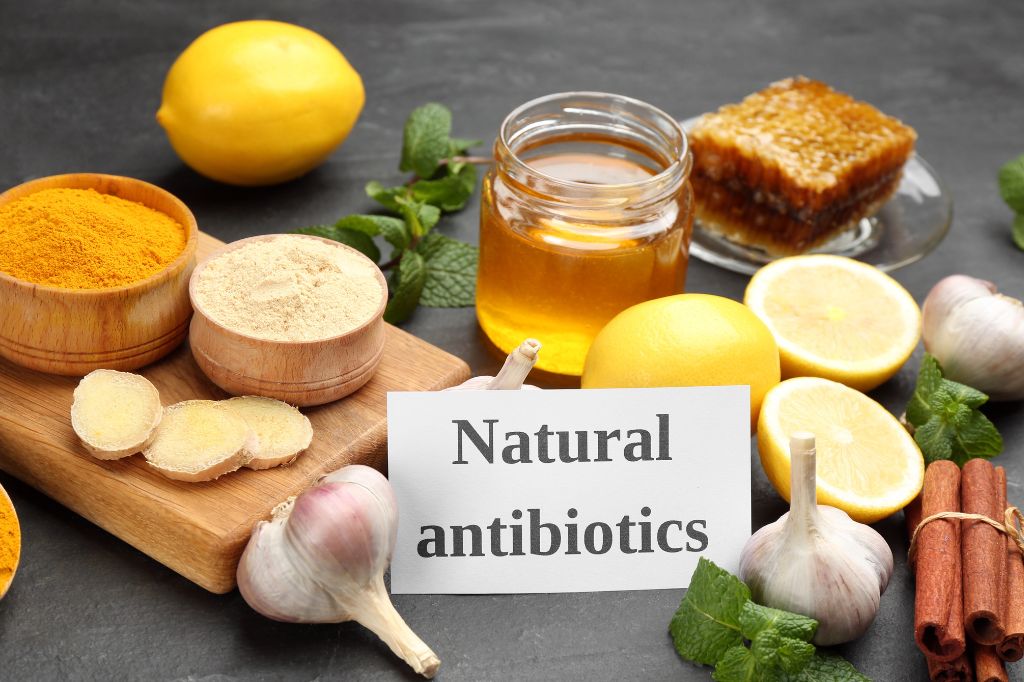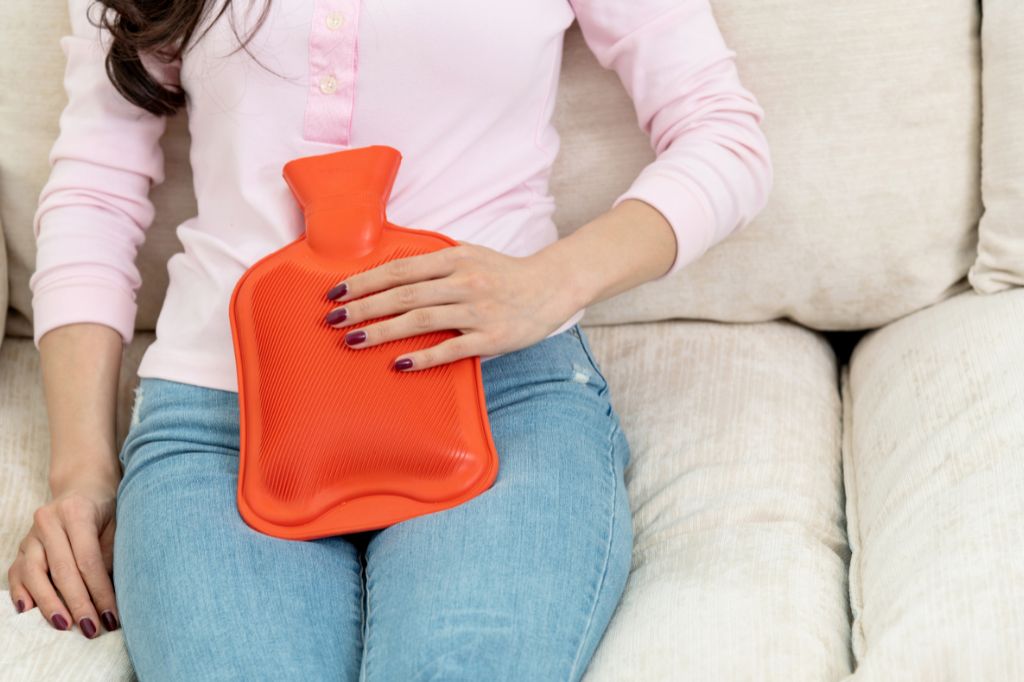How to Naturally Treat Varicose Veins
Varicose veins (also known as spider veins) are a common condition that affects about one in every two adults in the United States. The condition is usually not painful, but it can be unsightly and uncomfortable. If you’re looking for ways to reduce the appearance of varicose veins, several natural treatments can help.
What are varicose veins?
Varicose veins occur when valves in your vein weaken and allow blood to flow backward and pool. This causes the vein to enlarge and become twisted. Varicose veins are usually visible on the legs but can also be found in other parts of the body, such as the esophagus and vulva. In some cases, varicose veins can lead to more serious problems, such as blood clots, skin ulcers, and inflammatory conditions.
What causes varicose veins?
Many things can contribute to the development of varicose veins, including
- Age: As you get older, your skin becomes thinner and less elastic. This makes it more difficult for your blood vessels to close properly and can cause them to enlarge and twist.
- Gender: Women are more likely than men to develop varicose veins due to pregnancy and hormonal changes.
- Obesity: Being overweight or obese puts extra pressure on your vein walls, which can weaken them and cause them to bulge.
- Standing or sitting for long periods: This can cause blood to pool in your legs and put pressure on your vein walls.
- Family history: If you have a family member with varicose veins, you’re more likely to develop them yourself.
Also Read: Natural Home Remedies for Blood Clots
What are the symptoms of varicose veins?
The most common symptom of varicose veins is large, raised lines on your skin that are dark purple or blue in color. These lines may also be lumpy or twisted. You may also experience pain, heaviness, or cramping in your legs, as well as itching or burning around the affected area.
How to Treat Varicose Veins Naturally
Here are some natural treatments that can help reduce the appearance of varicose veins:
1. Compression Stockings
One of the most effective ways to treat varicose veins is to wear compression stockings. These special stockings apply pressure to your legs and help to improve blood flow. They’re also great for preventing new varicose veins from forming. You can find compression stockings at most pharmacies and online retailers. Be sure to buy a pair that fits well so that they’re comfortable to wear.
2. Exercise
Regular exercise is another great way to treat varicose veins. It helps to promote good blood circulation, which is essential for healthy veins. Just 30 minutes of moderate exercise each day can make a big difference. Walking, swimming, cycling, and yoga are all great forms of exercise for people with varicose veins.
3. Elevate Your Legs
When you have varicose veins, it’s important to keep your legs elevated as much as possible. This helps to improve blood flow and reduce swelling. Try to elevate your legs for at least 15 minutes several times per day. You can do this by lying down and propping your legs up on a pillow or by sitting in a chair with your feet up on a stool.
Elevate your legs for at least 15 minutes per day – it helps relieve venous pooling in the lower legs and prevents varicosities.
Also Read: The Health Benefits of Elevating Your Legs
4. Massage Your Legs
Massaging your legs can also help reduce pain and inflammation associated with varicose veins. This facilitates better blood flow by breaking up congestion in your veins. To massage your legs, start at your feet and work your way up using both hands in a circular motion. Be sure not to massage too hard, as this could further irritate your veins. After massaging, put on a pair of compression socks or stockings to help keep the blood flowing smoothly.
5. Eat a Healthy Diet
Eating a healthy diet can be helpful in treating varicose veins. Foods that are rich in flavonoids, such as berries, dark chocolate, and green tea, can help to reduce inflammation and improve blood circulation. Other foods such as leafy greens, nuts, and seeds are also beneficial for vein health due to their high content of vitamins and minerals essential for vein function. Be sure to avoid any processed foods or foods high in sugar, as these can contribute to vein inflammation.
Increase your intake of antioxidants with foods like blueberries and oranges to help strengthen capillaries and reduce varicose veins.
6. Try Herbal Remedies
Several herbs are thought to help treat varicose veins. These include Gotu kola, bilberry leaf extracts, and ginkgo Biloba leaf extracts. Although most of these herbal remedies have not been scientifically proven to treat varicose veins, many people report that they can help.
Frequently Asked Questions
Are varicose veins dangerous?
In most cases, varicose veins are not dangerous and do not require treatment. However, in some cases, they can lead to more serious problems like blood clots or ulcers. If you experience any pain or discomfort from your condition, it’s important to see a doctor.
How can I prevent varicose veins?
There are a few things you can do to help prevent the development of varicose veins, including
- Exercising regularly
- Wearing loose-fitting clothing
- Avoiding long periods of standing or sitting
- Propping up your legs when lying down
- Wearing compression stockings during the day
Conclusion
There are many ways to naturally treat varicose veins. Some of these methods include exercising regularly, elevating your legs, wearing compression stockings, and avoiding standing or sitting for long periods.
Also Read: 10 Ways to Improve Your Blood Circulation


